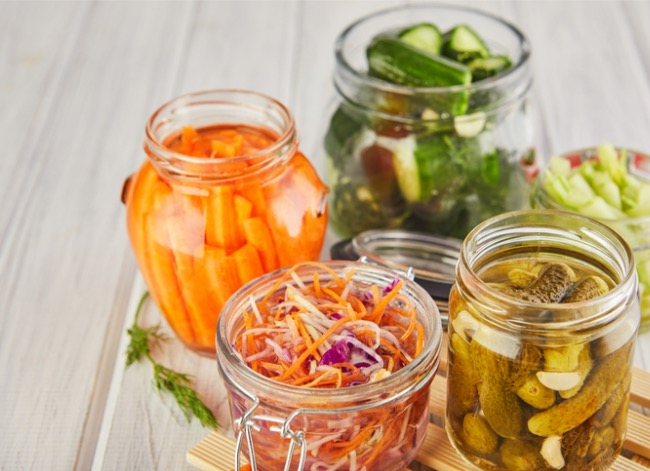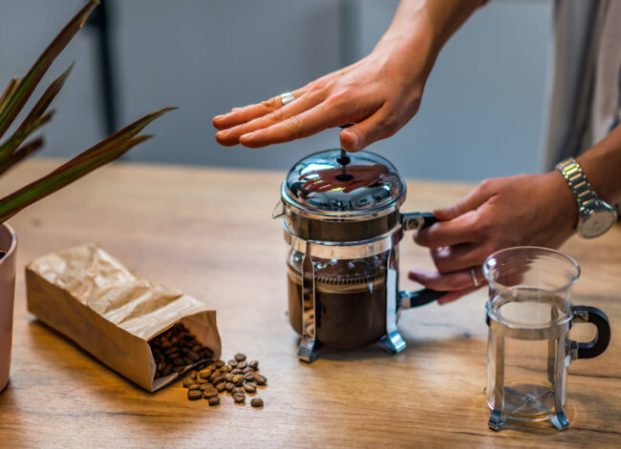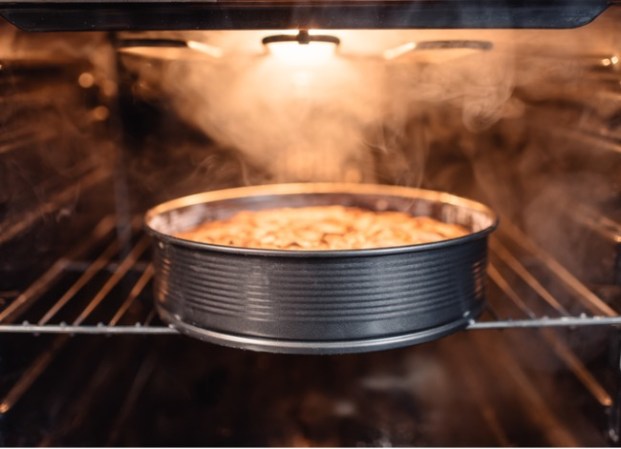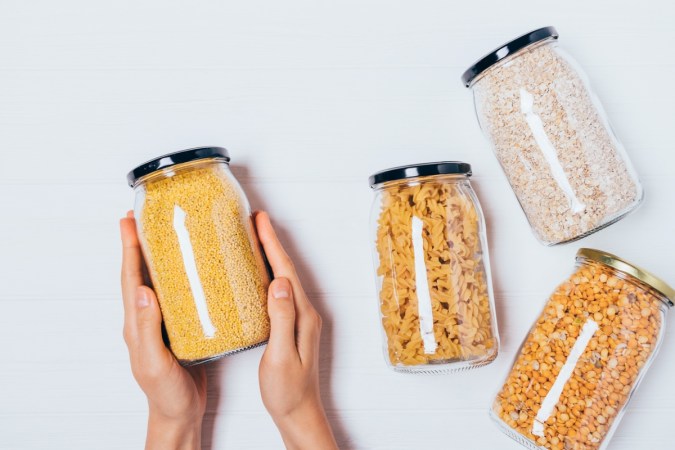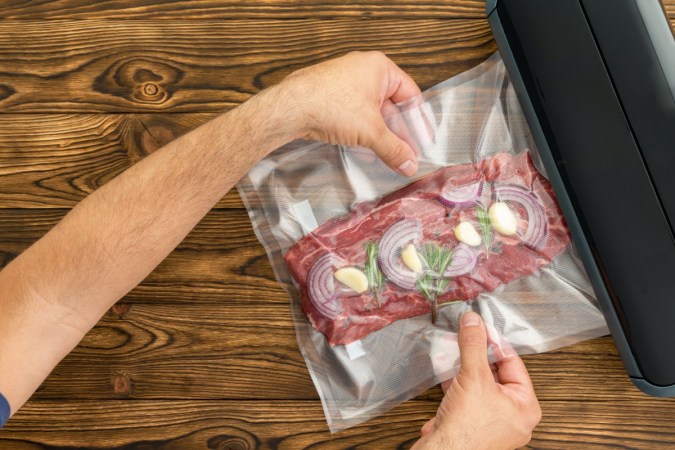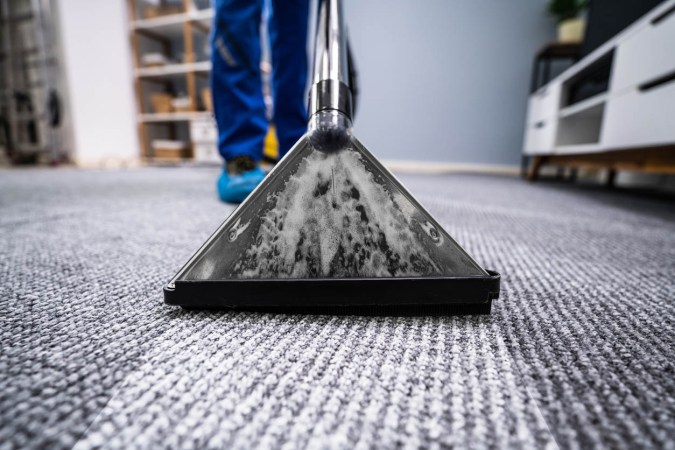We may earn revenue from the products available on this page and participate in affiliate programs. Learn More ›
Home canning is more popular than ever, but that popularity isn’t without consequences. Supply-chain issues that began last fall have continued to plague gardeners who hope to preserve their harvests.
The global pandemic has both increased interest in home canning and led to smaller production lines at manufacturers such as Newell Brands, makers of Ball and Kerr mason jars and canning products. These factors have resulted in a shortage of canning rings and lids, leaving many would-be canners frustrated. The good news? If you still want to give food preservation a try, canning isn’t the only way to do it.
Cool Storage
Cool storage is the easiest home preservation option. Before the invention of canning or refrigeration, this was the go-to method for preserving food. Cool or room temperature storage involves storing produce in a dry but cooler area of your home, such as an unheated pantry, porch, basement, or root cellar. Not every fruit or vegetable is suitable for cool storage; typically, root vegetables or thicker-skinned produce such as carrots, potatoes, onion, garlic, squash, and apples work best for cool storage.
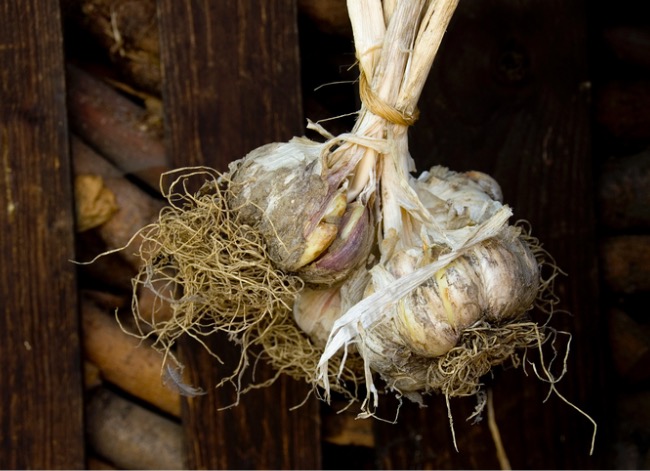
Refrigerator Pickles
Most microbes can not survive in a highly acidic environment, so vinegar (and other acids) is an essential part of canning. However, you do not need special canning lids or rings to make refrigerator pickles. You can follow your favorite pickle recipe and, instead of processing the jars in a canner, pop them in the refrigerator. Of course, the number of jars of pickles you make will be limited by your available refrigerator space.
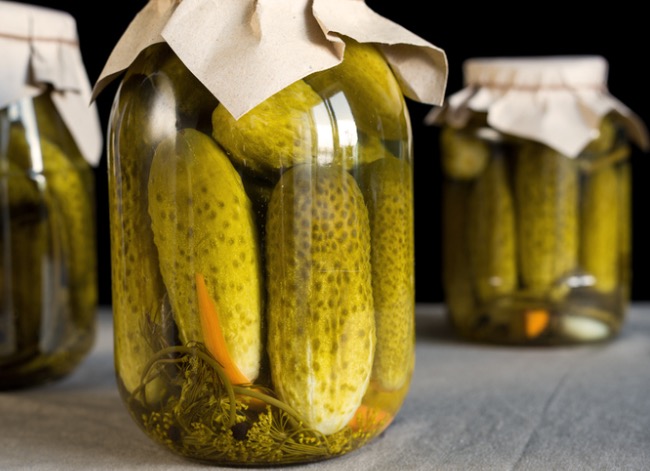
Fermentation
Fermentation helps create several foods such as cheese, yogurt, kombucha, sauerkraut, kimchi, sourdough bread, and even vinegar. Similar to vinegar pickling, the fermentation process changes low-acid foods into high-acid foods. This process occurs through the use of starter cultures, salt, or whey. The process takes place at room temperature, and once fermentation occurs, the food is shelf-stable. However, fermented foods should be stored in a cool area or in the refrigerator to make them last longer. Getting started with fermentation is easy, especially if you get a fermentation kit.
Drying/Dehydrating
Drying is one of the oldest food-preservation methods, and it’s super versatile. You can air dry foods in the sun or under a protected porch. For faster results, use a commercial dehydrator or an oven. Dried foods do not require refrigeration, but do need to be stored in a cool, dry space. The National Center for Home Food Preservation says dried food can be stored for one year at 60 degrees Fahrenheit.
Freezing
Freezing is the easiest method for food preservation. Frozen produce can last in the deep freezer from eight months to up to a year. However, that depends on how well you prepare and pack the produce. For a longer freezer life, it’s essential to remove as much of the air as possible from the storage bag or container before freezing. This step will help prevent freezer burn. A commercial vacuum sealer and vacuum sealing bags are great tools to help with this task.
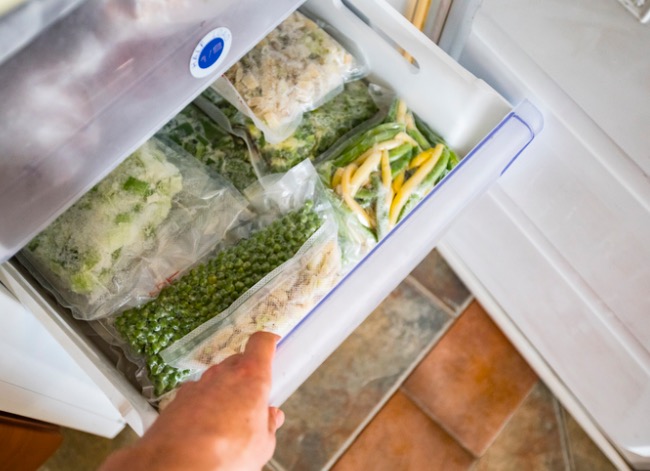
Freeze Drying
Freeze drying allows you to preserve otherwise difficult to preserve foods such as dairy products, full meals, and leftovers. Freeze drying, or lyophilization, removes water from food after it is frozen and placed under a vacuum. This process allows the ice to change directly from solid to vapor, bypassing the liquid phase, and making the food shelf-stable for years. However, the freeze-drying process is significantly more complicated and expensive than other home food preservation methods. For example, you would have to invest in a freeze dryer, which can cost several thousand dollars.
Salt and Sugar
Most people recognize that salt is a natural preservative, but so is sugar. Both substances draw liquid out of food and inhibit microbe growth. Salt and sugar can be used to preserve produce and meats. Because sugar and salt alter the flavor of foods, they are not necessarily the best method for every type of food. Some traditional salt-preserved foods include ham, lemons, and beef jerky. Foods commonly preserved in sugar include ginger, cherries, and citrus rind.
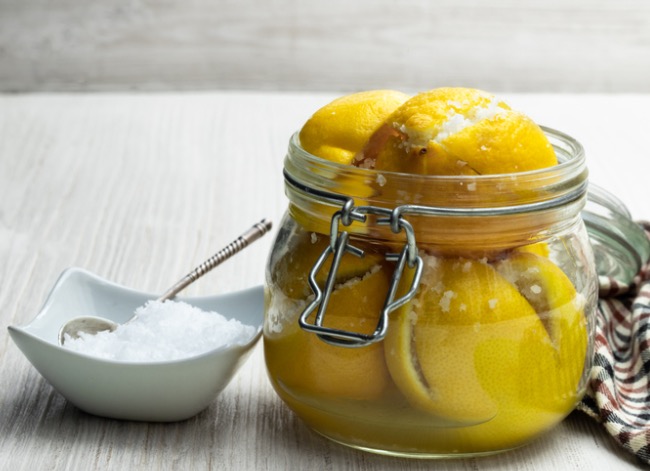
Oil and Alcohol
Oil and alcohol have also been used for decades to preserve items. As with salt and sugar, alcohol draws moisture out of food, inhibiting microbial growth. Preserving food in oil works by locking out the air once the item is fully submerged. Both methods work well and can make food shelf-stable for months, depending on the quality of the oil or alcohol, and the natural acidity of the food.

